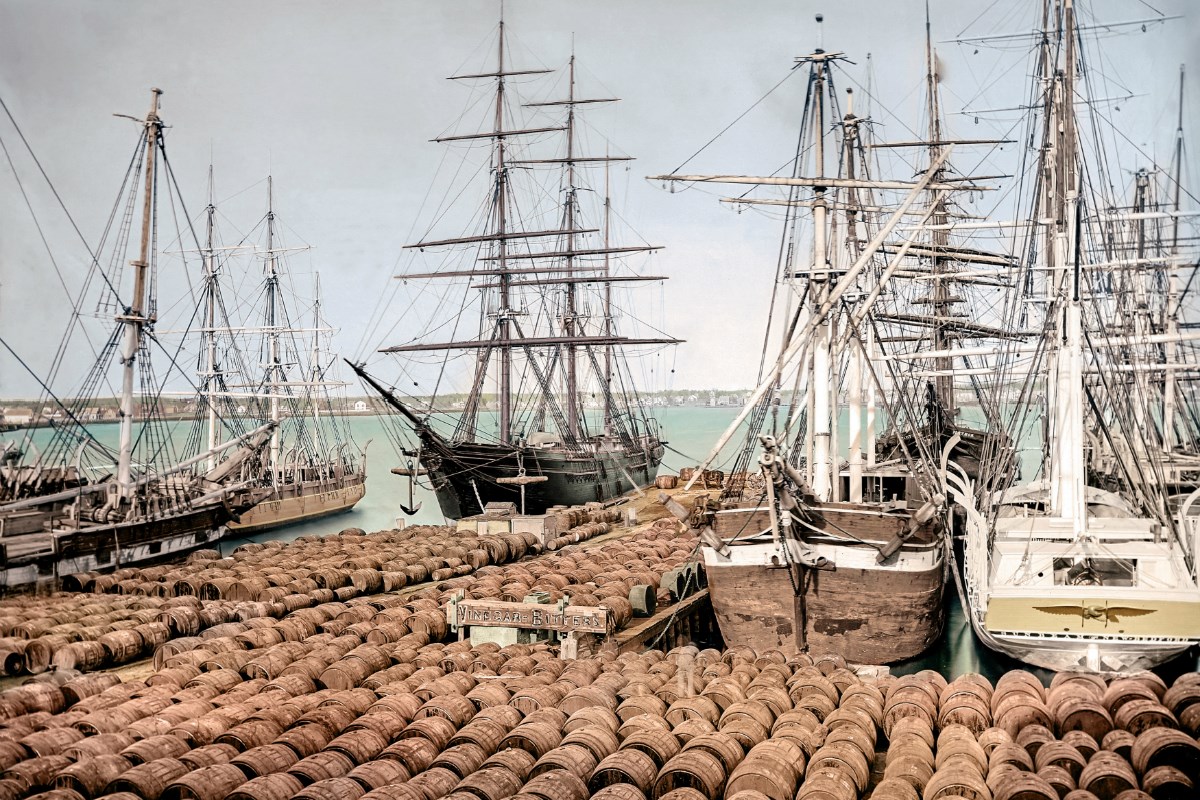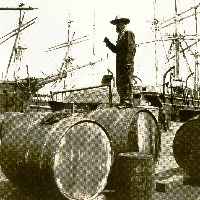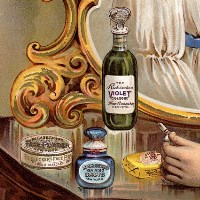
Before whaling became a commercialized activity, people discovered that the beached whales that died onshore had valuable oil, bone, meat, blubber, and baleen. These products were lucrative, and inspired people on several continents to begin hunting whales near their own shores. By the 17th century, people from northern Europe, Asia, the Arctic, and the Pacific Coast of North America were whale hunting. In the Massachusetts colony, settlers quickly began to include fishing and off-shore whaling among their seasonal activities. Having brought the technology with them from Europe, settlers of Cape Cod, Nantucket, and Long Island would watch for whales alongshore and sent boats out to chase them when the opportunity arose. As whales moved farther offshore, New Englanders followed, eventually developing an industry. The products harvested from commercial whaling included oil, baleen, and ambergris. 
Americans depended on candles and oil-filled lamps to light their homes in the years before electricity. Whales provided both the best oil and the best candle wax for home illumination. In addition, whale oil was used to lubricate fine machinery. Two kinds of oil came from whales: oil rendered from the blubber, and the higher-grade spermaceti. All whales have a thick layer of blubber that keeps their body temperature regulated as they travel through cold water; at a high enough temperature this blubber can be rendered into oil. Sperm whales have an additional source of oil in a cavity in their head. Pressing this waxy spermaceti oil separates it into the highest grade of oil and a superior candle wax. 
Some whales have plates that hang from the upper jaw to strain food from seawater. These plates, called baleen, are strong and flexible, and are also useful to people. They were extremely valuable, especially in the 19th century when baleen was used to stiffen corsets and collars, and to make the hooped frame for skirts. In the fashion industry, baleen was often called "whalebone." Other products that utilized the flexible strength of baleen included umbrella ribs, riding crops, buggy whips, and hat brims. 
The third important product obtained from whales was ambergris, a substance produced occasionally in the intestines of sperm whales. Ambergris was used in fine perfumes to keep the scent from changing, and was occasionally added to wine as an aphrodisiac. |
Last updated: August 29, 2018
